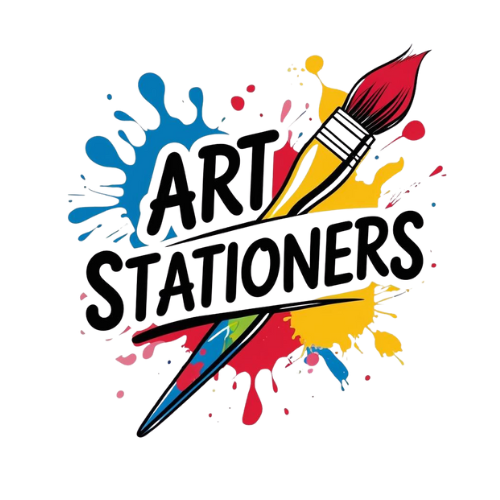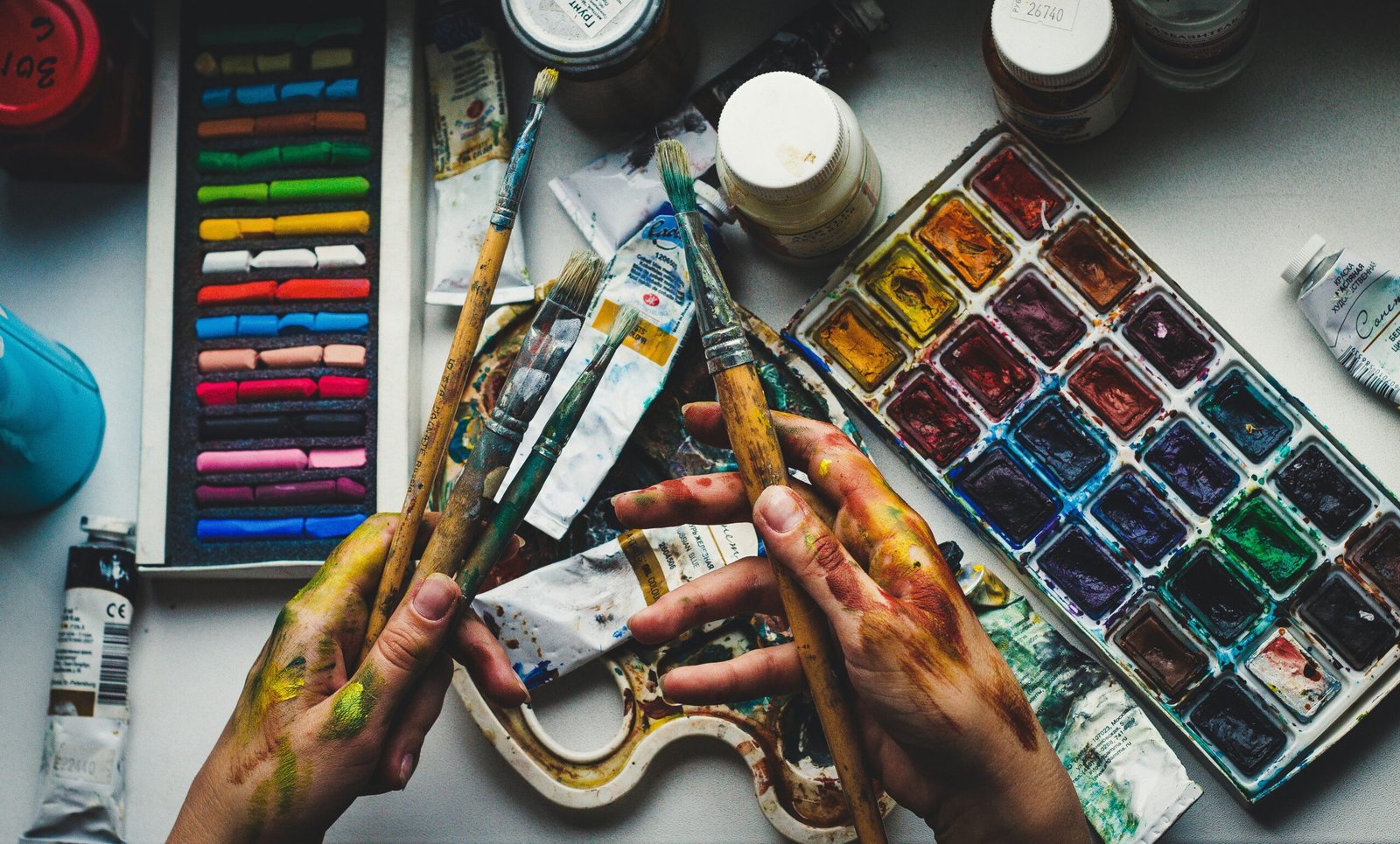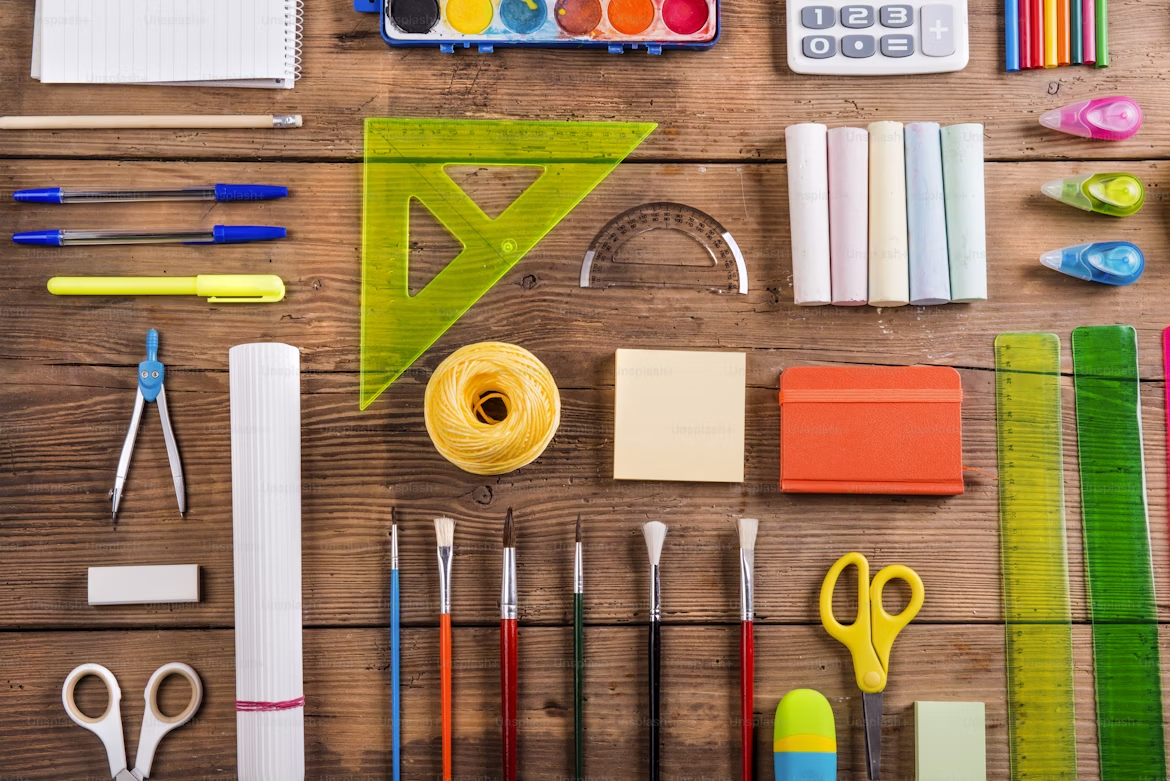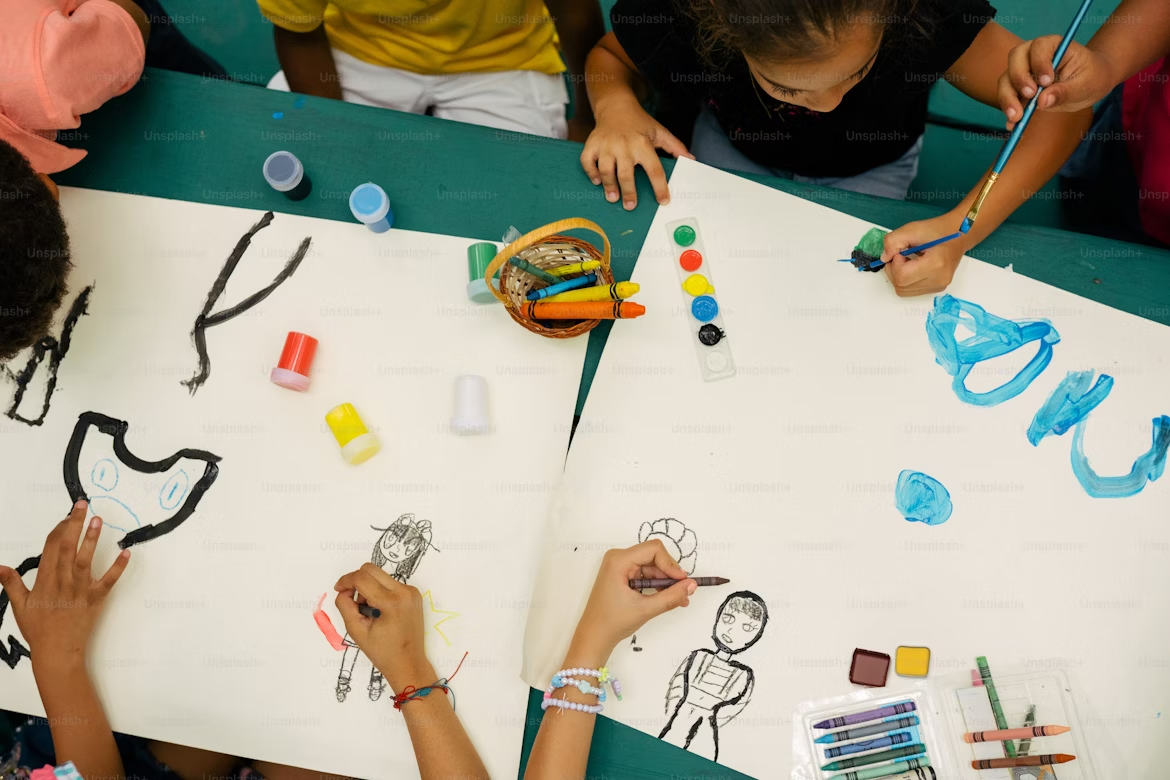Public art goes beyond mere decoration; it serves as a powerful tool for community engagement, cultural expression, and urban revitalization. In cities around the world, murals, sculptures, and installations breathe life into neglected spaces, fostering a sense of belonging and identity among residents.
The Role of Public Art in Urban Spaces
Public art installations are more than just aesthetic additions; they play a vital role in enhancing urban landscapes. When executed thoughtfully, they offer the following benefits:
- Community Identity: Public art reflects the unique history and culture of a neighborhood, helping residents develop a connection to their local environment.
- Social Interaction: Art installations encourage community gatherings and social interactions, making public spaces more vibrant and inviting.
- Economic Boost: Attracting tourists and locals alike, public art can stimulate local economies by encouraging foot traffic and supporting nearby businesses.
- Encouraging Dialogue: Controversial or thought-provoking installations can spark discussions on social issues, fostering awareness and encouraging community engagement.
Examples of Transformative Public Art
Many cities champion public art initiatives that have led to remarkable transformations. Here are a few noteworthy examples:
- Chicago’s Wabash Arts Corridor: This project turned the downtown area into a vibrant arts destination, featuring large-scale murals that celebrate local culture and history.
- Philadelphia’s Mural Arts Program: As one of the largest public art programs in the U.S., this initiative has created thousands of murals that contribute to the city’s visual identity.
- Melbourne’s Laneways: Once overlooked urban spaces have been transformed into bustling art hubs, with street art that invites exploration and encourages local commerce.
Challenges in Creating Public Art
While public art presents many advantages, it also faces several challenges:
- Funding: Securing budgets for public art projects can be difficult, particularly in economically strained municipalities.
- Community Approval: Navigating differing opinions within a community can complicate the acceptance of certain art forms that may not resonate with everyone.
- Maintenance: Ensuring that art installations are preserved and maintained is critical, yet often overlooked once projects are completed.
Steps Toward Successful Public Art Projects
To maximize the positive impact of public art, community stakeholders should:
- Engage the community early in the planning process to ensure projects reflect local values and concerns.
- Collaborate with local artists who understand the community’s cultural nuances and can effectively communicate them through their work.
- Establish clear maintenance and funding strategies to ensure the longevity and vibrancy of public art installations.
Conclusion
Public art is not merely a canvas painted on city walls; it is a catalyst for change and a means of expressing community identity. By transforming urban spaces, public art encourages social interaction, economic development, and cultural expression, enriching the lives of those who call the city home. As cities continue to evolve, the role of public art will undoubtedly remain a vital component of urban identity and community-building.





